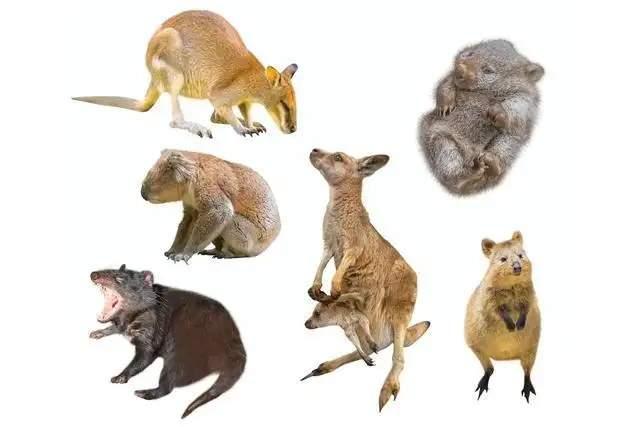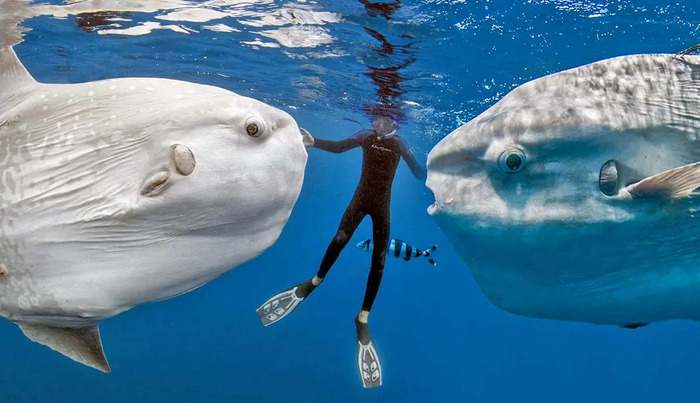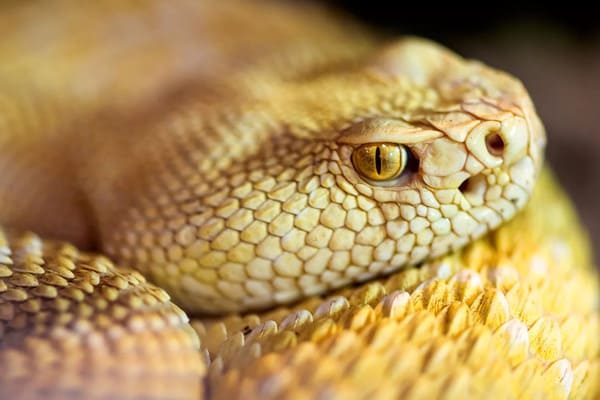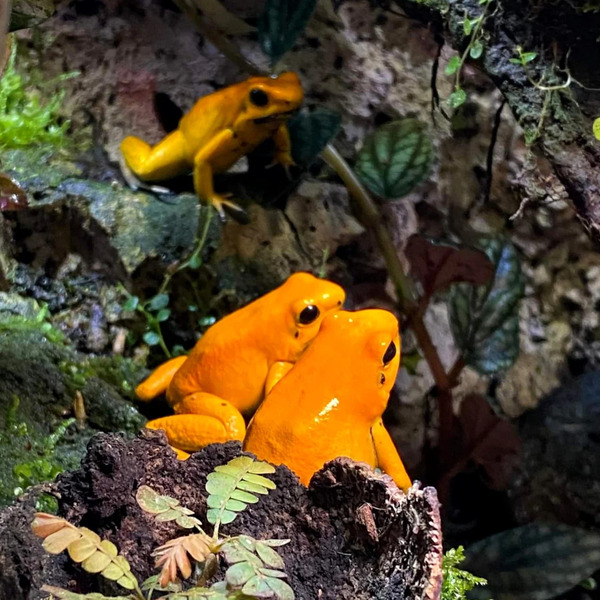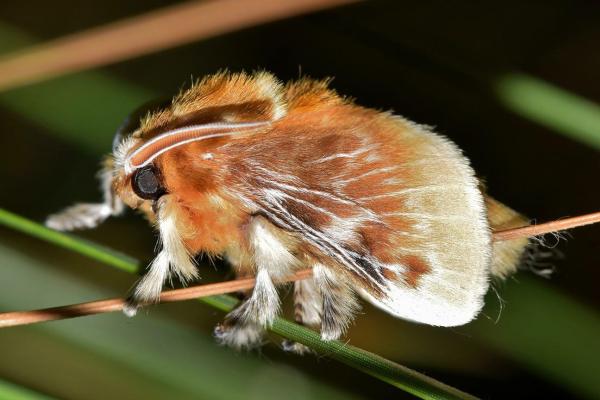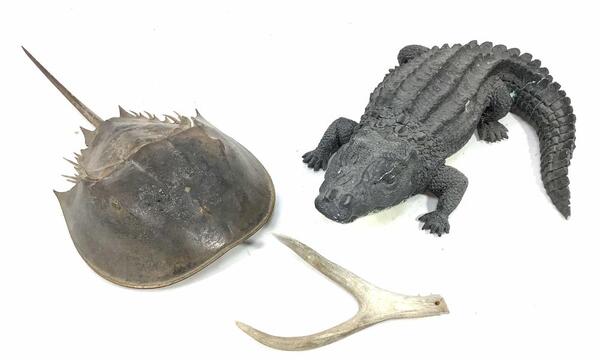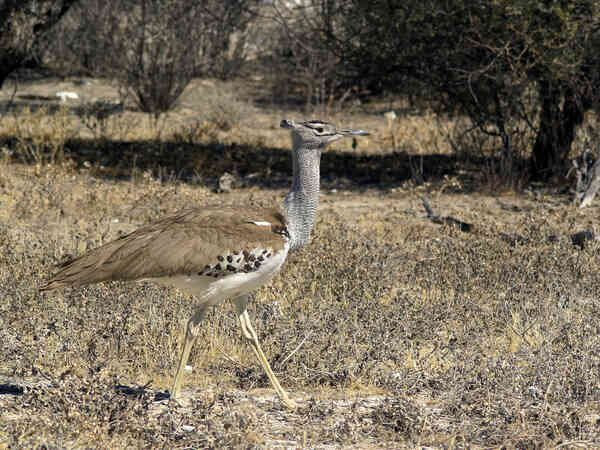Marsupials (Marsupialia) are a unique group of mammals known for their unique parenting style. The main feature of these animals is that the female has a pouch on her abdomen for raising her young. , called a "pouch" or "bag". This pouch provides a relatively safe and warm environment for the cubs until they are mature enough to survive independently in the outside environment.
Main features
Pouch: The female marsupial has a special The pouch is used to protect and feed the cubs. There are nipples in the pouch, and the cubs feed in the pouch.
Placental development: Unlike other animals, marsupials have less developed placentas and their young develop in the mother's body for a shorter period of time. The young are usually very immature at birth and need to continue to develop in the pouch.
Reproduction method: Female marsupials usually have two uteruses and two vaginas, which are different from the reproductive systems of placental animals.
Tooth structure: Marsupials have a variety of tooth structures to adapt to different food sources. They usually have more premolars and molars.
Size and living habits: Marsupials range in size from small kangaroos to large wombats, and their living habits are also diverse, including Herbivorous, carnivorous and omnivorous.
Evolution of Marsupials
The evolution of marsupials can be traced back to about 100 million years ago. Cretaceous period. Their evolution involved several stages, from early primitive marsupials to the modern diverse marsupials. Here are some key stages in marsupial evolution:
1. Early evolution (Cretaceous period)
Early ancestors: The earliest ancestors of marsupials appeared in the late Cretaceous period and shared many characteristics with other early mammals. The earliest marsupials were probably similar to other primitive mammals, but already displayed some unique , such as a simple pouch.
2. Evolutionary differentiation (early Cenozoic)
Divergence stage: In the early Cenozoic Era, marsupials began to differentiate into different species. As the continents split and the climate changed, they gradually adapted to various environments, from forests to Grasslands, even deserts and cold regions.
Southern Hemisphere Expansion: Marsupials are mainly distributed in the Southern Hemisphere, especially in Australia and New Guinea. In these areas, they have adapted to a variety of ecological Positions, including herbivorous, carnivorous and omnivorous.
3. Modern evolution (late Cenozoic to present)
Diversification in Australia: In Australia, marsupials have experienced great diversification, forming numerous species such as kangaroos, koalas, and wombats. The relative isolation and unique ecological environment of this region have promoted the evolution of marsupials.
Marsupials in South America: Marsupials in South America, such as koalas and anteaters, also show adaptations to different environments. These species have played an important role in the evolutionary history of South America, although there are relatively few marsupial species in modern South America.
4. Modern Challenges and Conservation
Challenges of Survival: Modern marsupials face many challenges, including habitat destruction, climate change, and invasive species. These factors affect their survival and reproduction.
Conservation: To protect the diversity and ecological functions of marsupials, many countries and regions have implemented conservation measures and projects, including the establishment of protected areas, habitat restoration, and legal protection.
Marsupials are known for their unique parenting style and rich evolutionary history. Their evolutionary process demonstrates the complexity of natural selection and environmental adaptation, allowing them to survive and thrive in a variety of ecological environments. Understanding the evolution of marsupials not only helps us understand the history of these unique animals, but also helps us develop effective conservation strategies to ensure their future.
